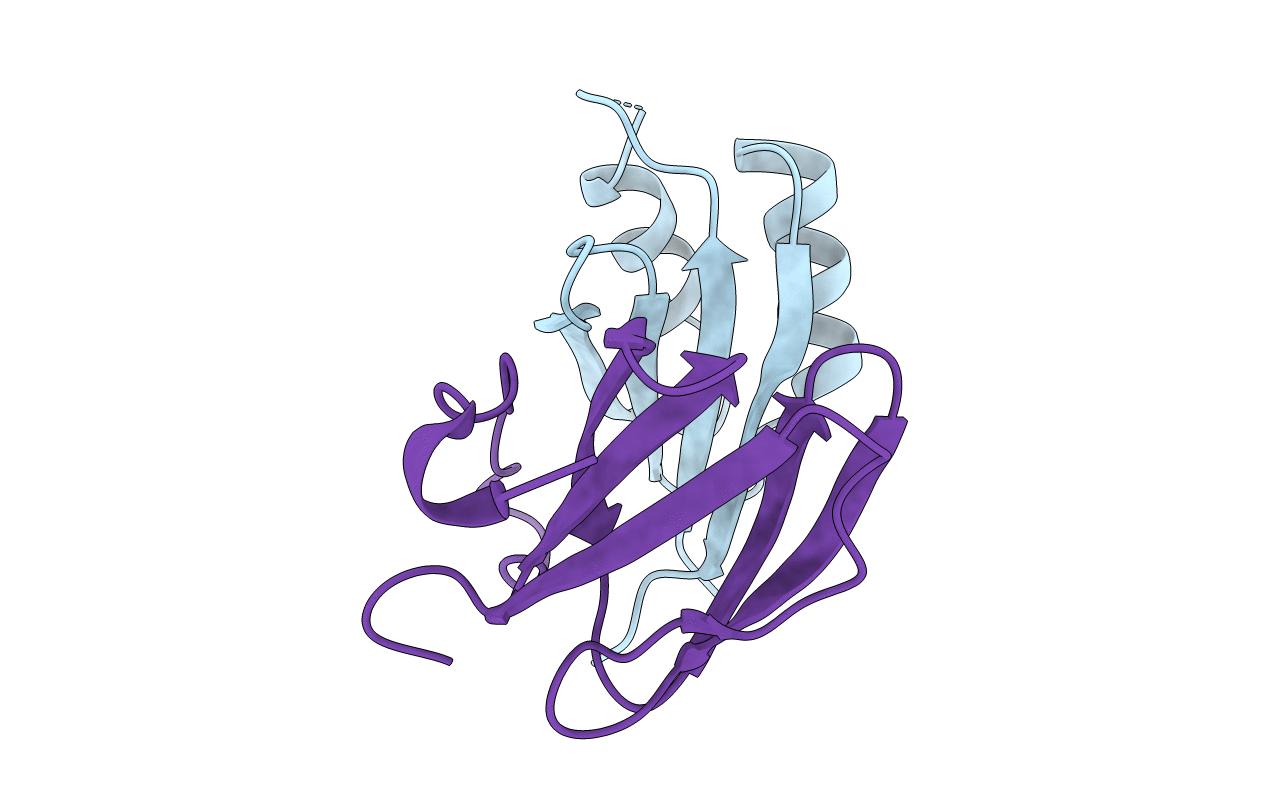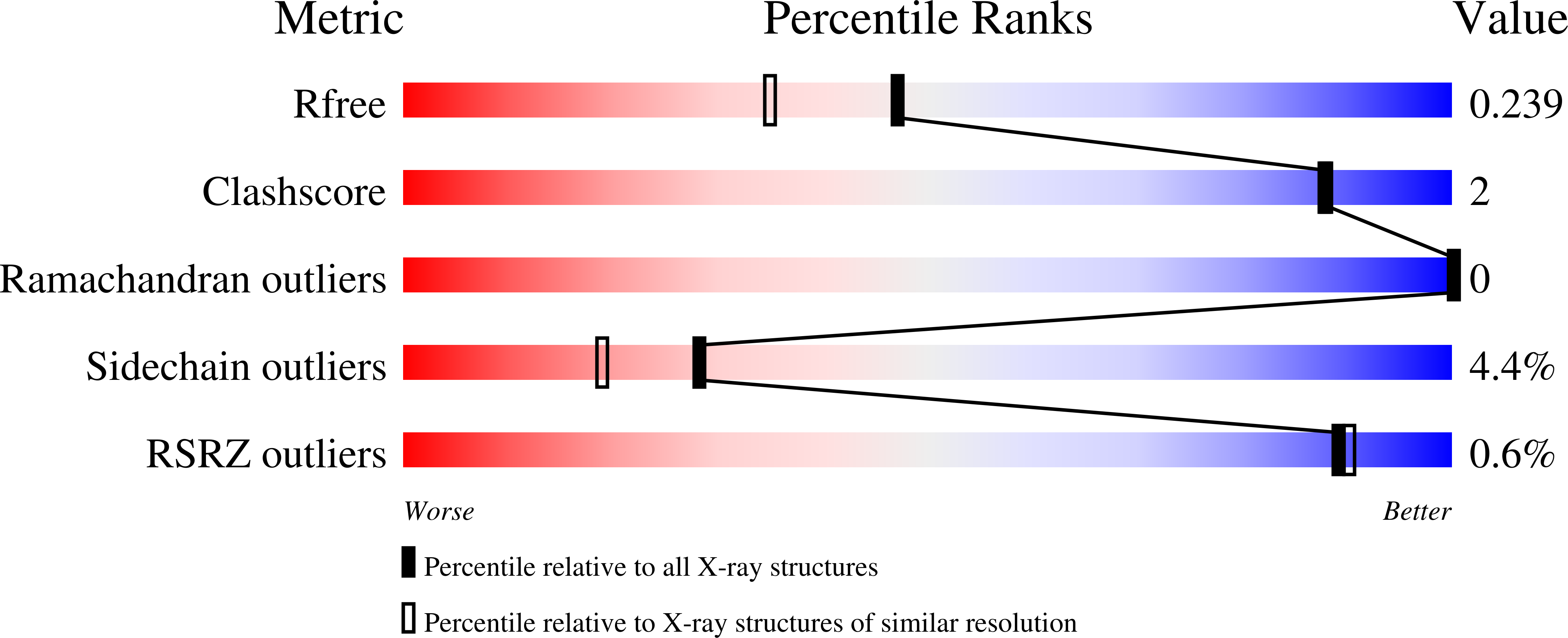
Deposition Date
2020-11-24
Release Date
2021-02-03
Last Version Date
2024-11-13
Entry Detail
PDB ID:
7B1I
Keywords:
Title:
Complex of rice blast (Magnaporthe oryzae) effector protein AVR-PikF with the HMA domain of OsHIPP19 from rice (Oryza sativa)
Biological Source:
Source Organism:
Oryza sativa (Taxon ID: 4530)
Magnaporthe oryzae (Taxon ID: 318829)
Magnaporthe oryzae (Taxon ID: 318829)
Host Organism:
Method Details:
Experimental Method:
Resolution:
1.90 Å
R-Value Free:
0.23
R-Value Work:
0.19
R-Value Observed:
0.19
Space Group:
P 21 21 21


